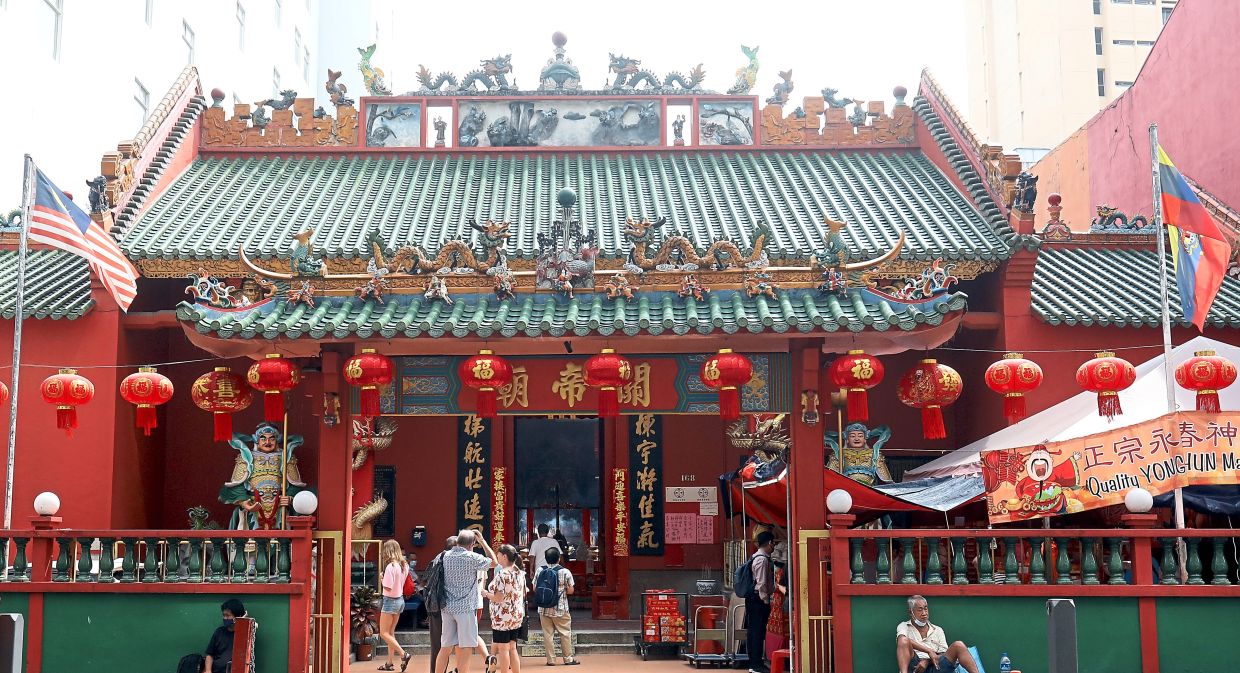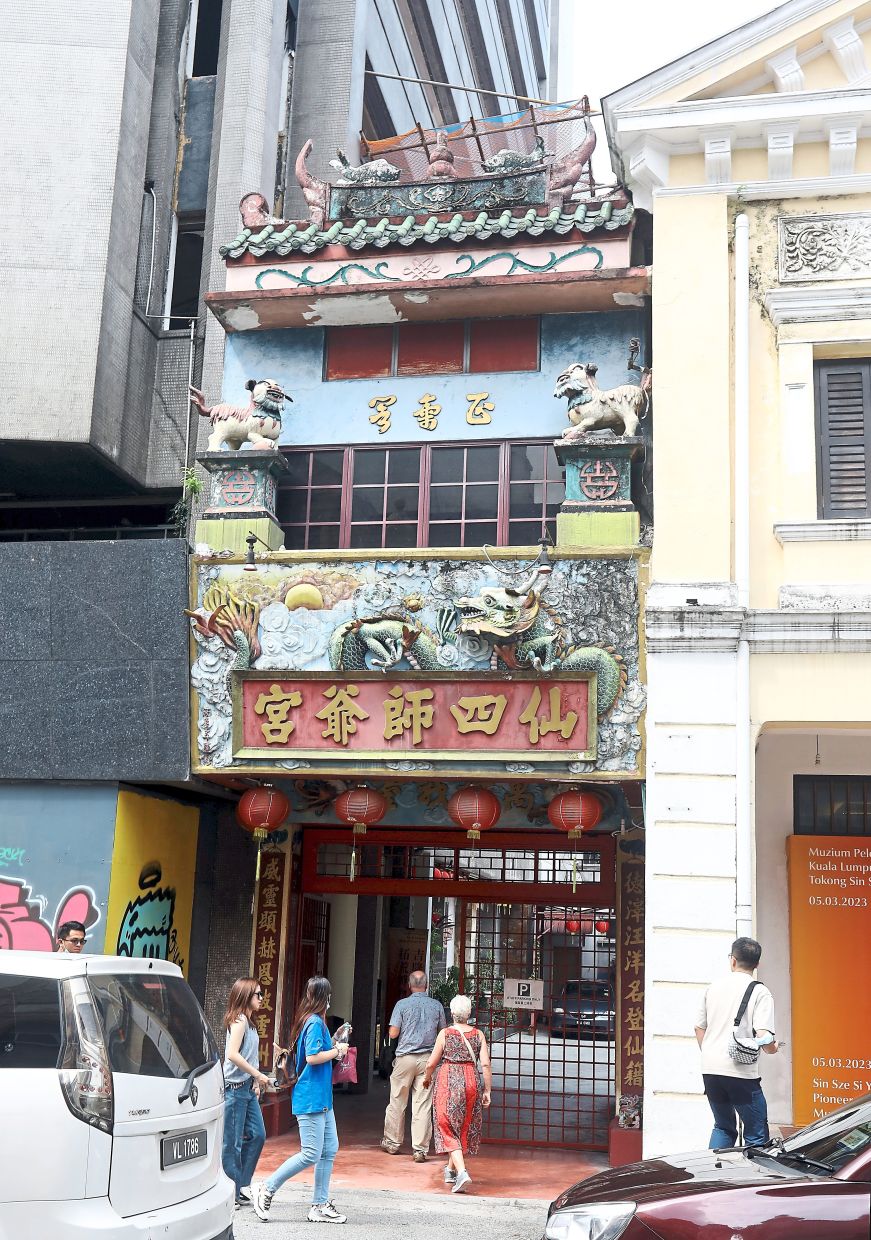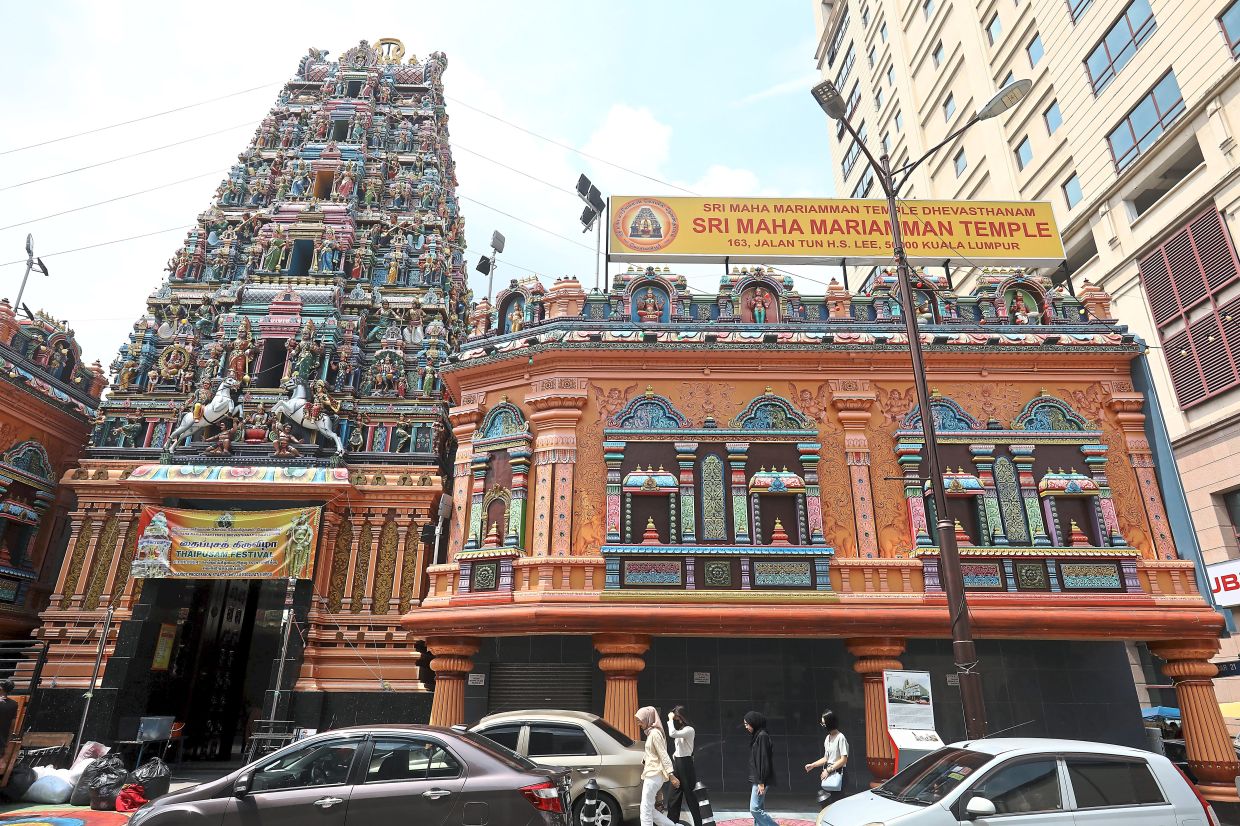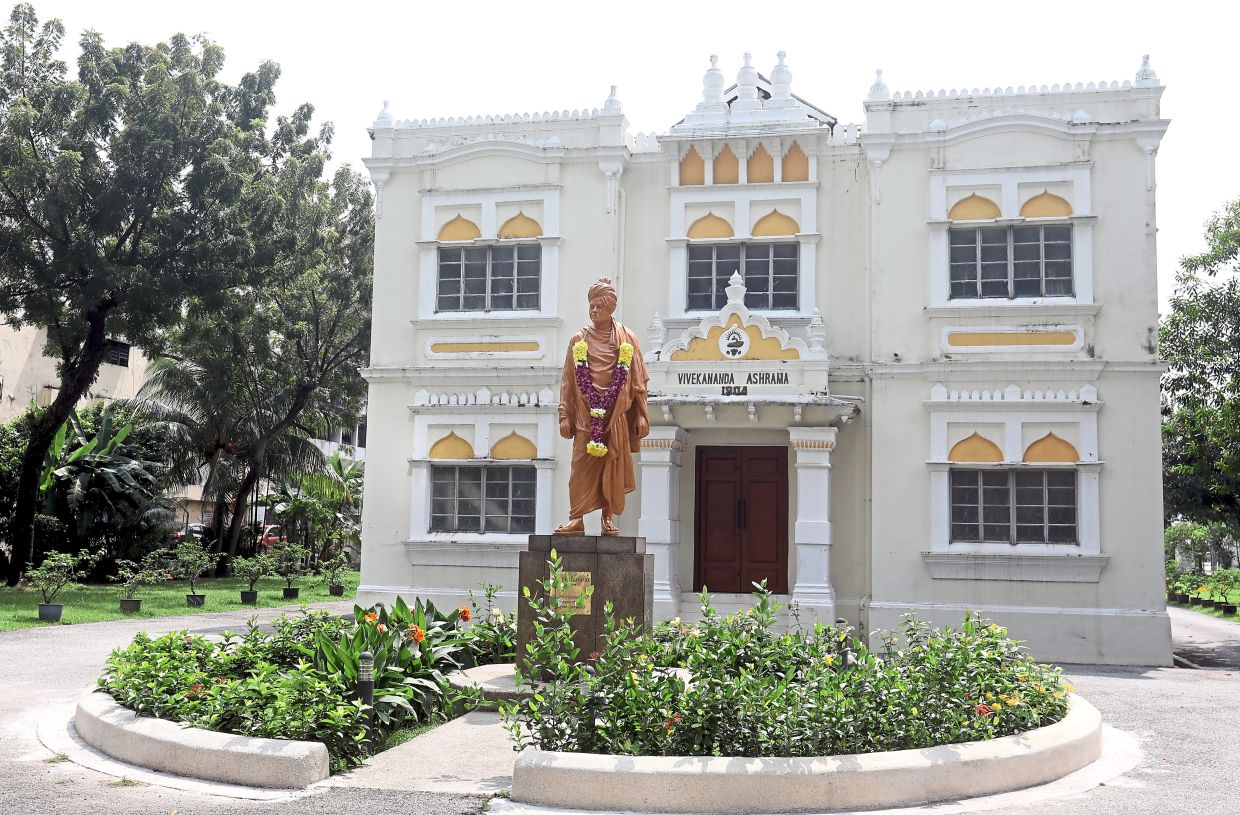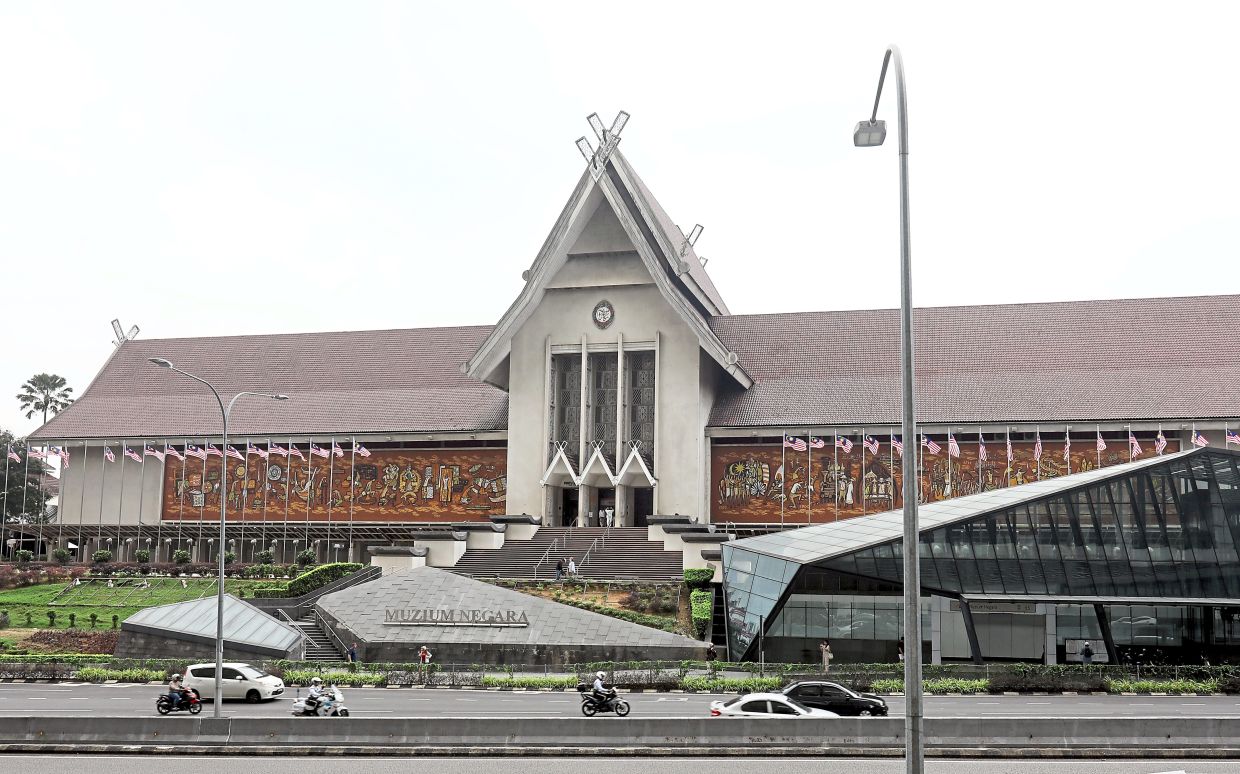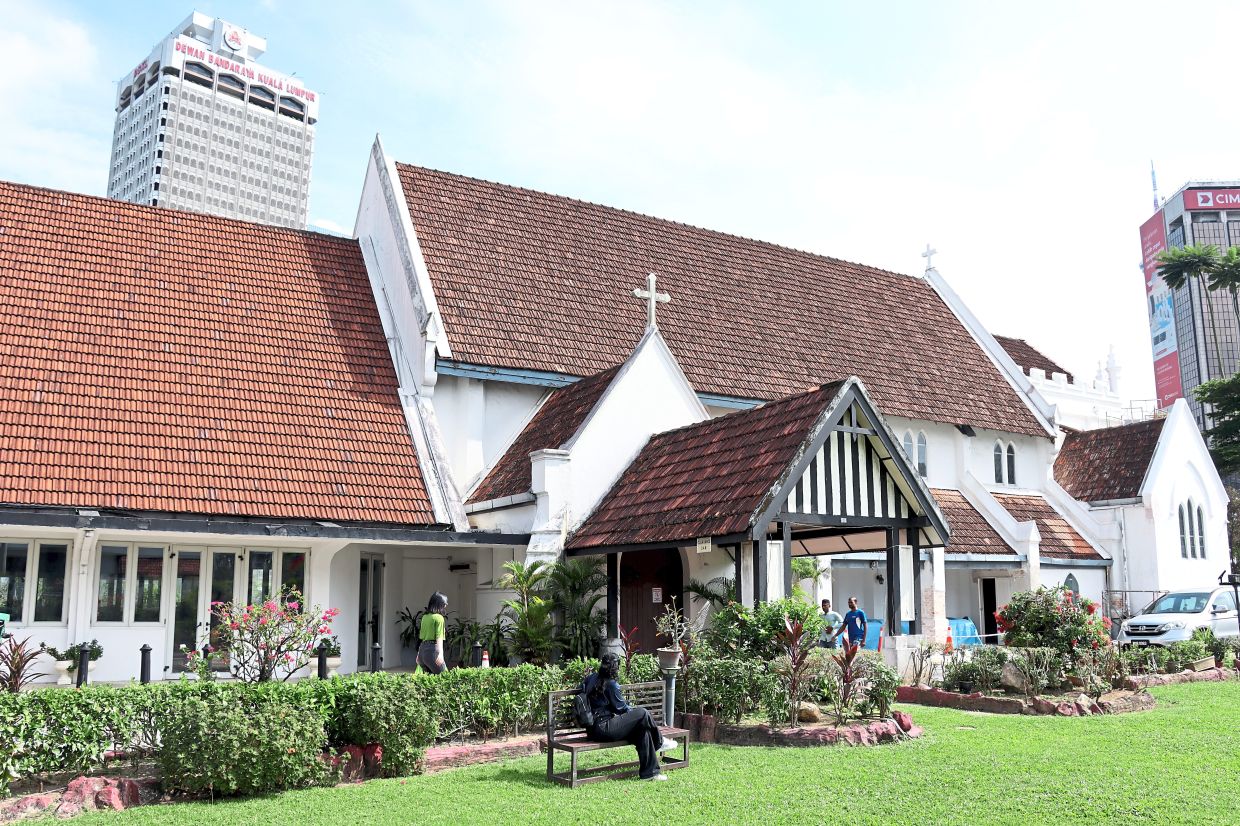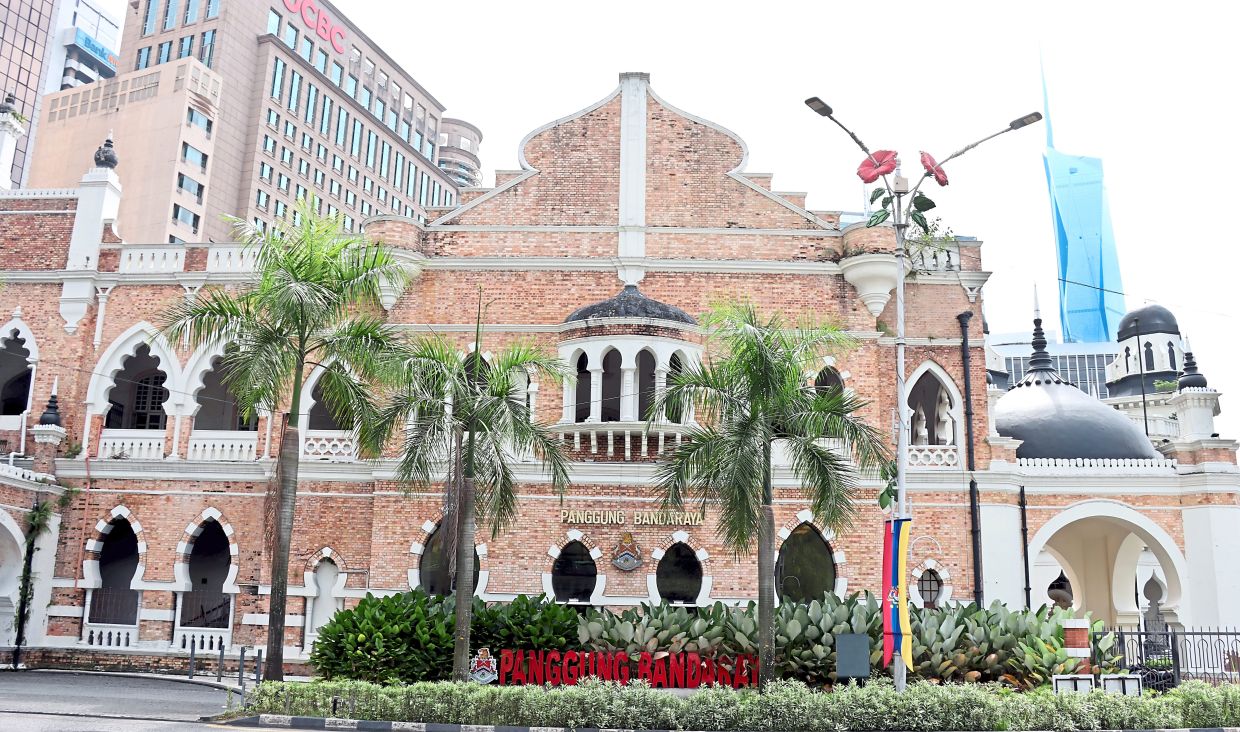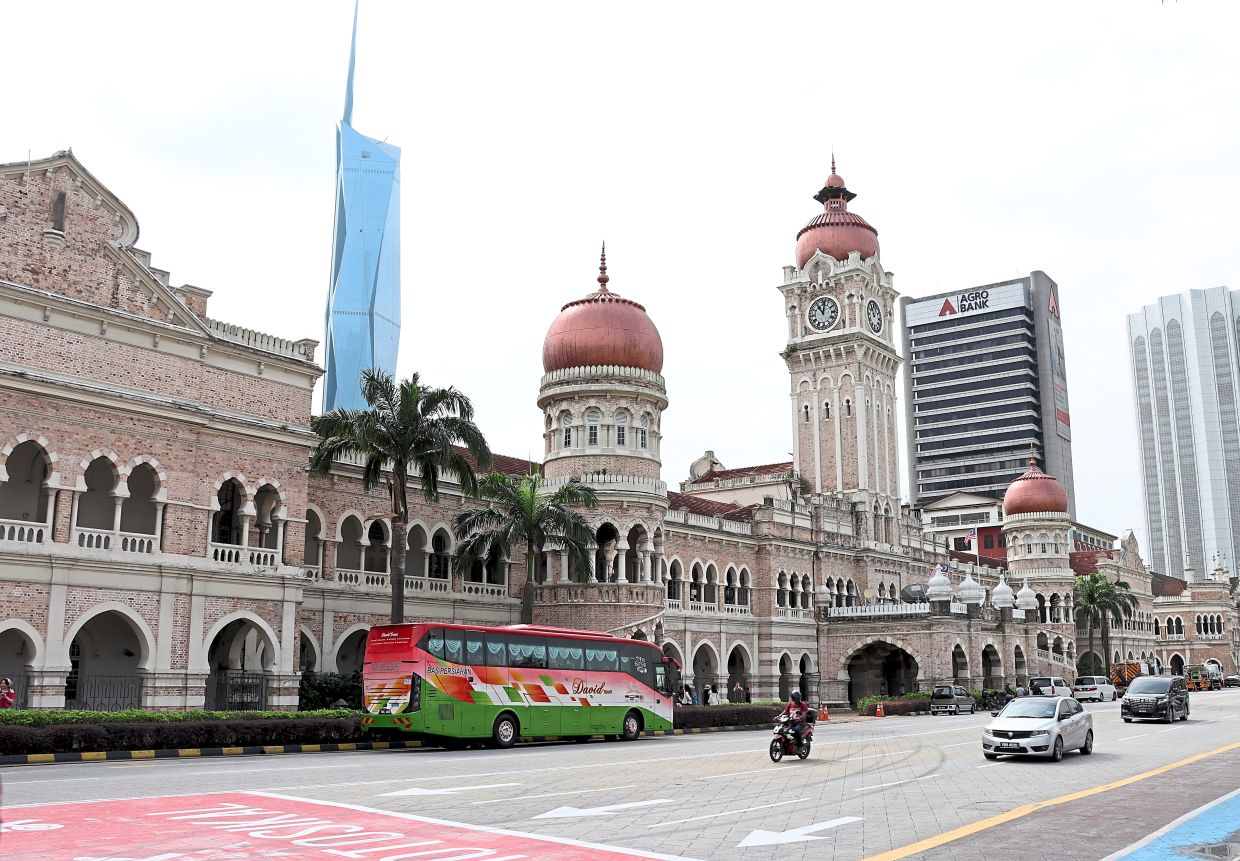Kuala Lumpur is known for its unique architecture.
To mark the capital city’s designation as a Federal Territory in 1974, here are 10 notable buildings to look out for.
1. Sun Sze Si Ya Temple
Sun Sze Si Ya, located on Jalan Tun HS Lee, is one of the oldest temples in Kuala Lumpur.
The building was founded by Kapitan Yap Ah Loy in 1864 as a tribute to his chief commander Sze Si Ya and also Kapitan Sheng Meng Li of Seremban.
The temple gets crowded during Chinese New Year as visitors pray for good luck.
2. Guan Di Temple
Located only a short walk away on the same road from Sun Sze Si Ya is the Taoist Guan Di Temple.
It houses a 59kg copper Guan Dao (Chinese pole weapon), believed to protect the person who touches it.
General Guan Di, the God of War, Literature and Wealth, is said to grant blessings only to those with a pure mind.
Its Guan Di, Guan Ping and Zhou Cang statues are said to have been carved from wood.
3. Lee Rubber Building
The former Lee Rubber Building on Jalan Tun HS Lee has been transformed into a boutique hotel.
Constructed and designed by Booty Edwards & Partners in 1930, the four-storey building was the tallest in Kuala Lumpur at the time.
It has seen many roles throughout its history, including housing a tin smelting company in the 1930s and serving as the Japanese secret police headquarters during World War II.
While the building’s purpose has changed, the architectural aspects have been preserved.
4. Sri Maha Mariamman Temple
Another landmark on Jalan Tun HS Lee is Sri Maha Mariamman Temple, established by K. Thamboosamy Pillai in 1873.
It is believed to be one of the oldest Hindu temples in Kuala Lumpur, known for its impressive five-tiered gopuram (tower) located above the entrance.
It is dedicated to the Hindu deity Mariamman.The building and its colourful statues are a magnet for photograpers.
5. Vivekananda Ashrama
Located on Jalan Tun Sambanthan, Brickfields, the ashram was started by Sri Lankan Tamil immigrants in 1904.
It was dedicated to Swami Vivekananda, a Hindu monk known for his role in providing education and propagating Hinduism.
The bronze Vivekananda statue stands by the entrance of the ashram.
6. Muzium Negara
Situated on Jalan Damansara, Muzium Negara or the National Museum is a repository of Malaysia’s rich heritage.
The museum’s design was inspired by Tunku Abdul Rahman Putra Al-Haj, the nation’s first prime minister.
He wanted a museum building with a national identity.
Its traditional Malay architecture is based on the palaces of Malay rulers. The building was designed by Ho Kok Hoe.
7. St Mary’s Cathedral
The original St Mary’s was a humble structure erected on the hilltop of Bukit Aman in 1887.
Construction of the current building on Jalan Raja started in 1894 and it was proclaimed the Cathedral Church of St Mary the Virgin in 1983.
8. Panggung Bandaraya
Along the same road as the cathedral is a theatre with a Moorish design constructed in 1904.
It is the oldest theatre in Kuala Lumpur, staging plays and musicals.
While performances are seldom held in the premises now, restoration efforts have provided the theatre with updated furnishing.
9. Sultan Abdul Samad Building
This building of Moorish architecture topped with domes is a major landmark along Jalan Raja.
It once housed government offices of the British administration, and also Malaysia’s superior courts.
It was completed in 1897 and has a 41.2m-high clock tower, similar to Big Ben in London.
The building witnessed the declaration of independence in 1957.
10. Oriental Building
This building on Jalan Tun Perak is an Art Deco masterpiece constructed in the early 1930s.
It was finished in white and grey with no sand used in the cement.
It once served as the offices of an insurance company.



